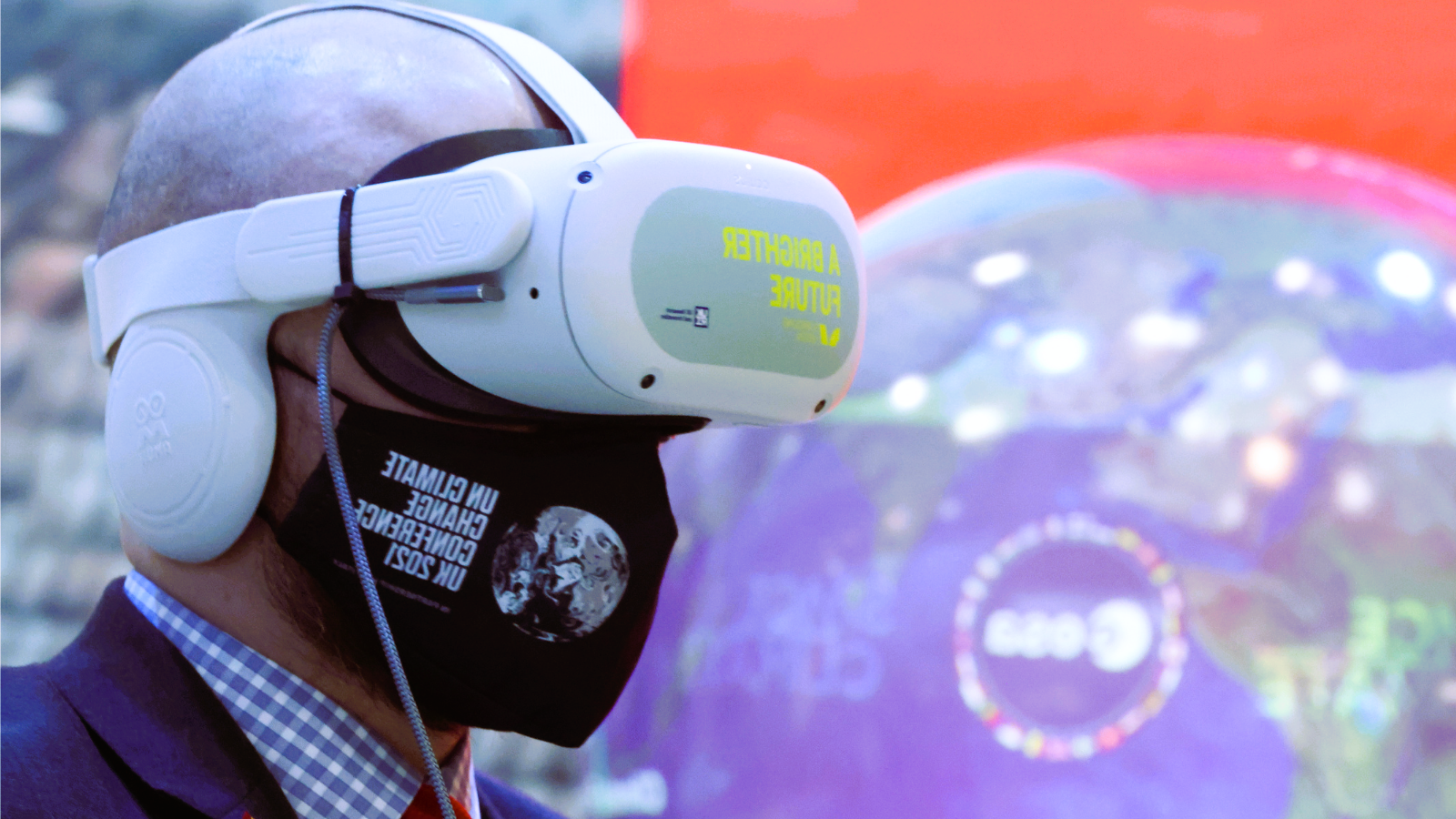
The Future of Production Testing: Trends and Predictions
BlogThe landscape of production testing is continually evolving, driven by technological advancements, industry demands, and the quest for higher efficiency and product quality. As we look ahead, several trends are shaping the future of production testing, offering a glimpse into what lies ahead for manufacturers. In this article, we’ll explore these trends and make predictions about the future of production testing.
1. Integration of Artificial Intelligence (AI) and Machine Learning (ML):
One of the most impactful trends in the future of production testing is the increasing integration of AI and ML technologies. These advanced technologies empower testing systems to learn from data, identify patterns, and make informed decisions autonomously. AI-driven testing can predict potential issues, optimize testing protocols, and enhance overall testing efficiency. As AI and ML algorithms become more sophisticated, their role in production testing will expand, contributing to a more intelligent and adaptive testing environment.
2. Internet of Things (IoT) for Connectivity and Data Sharing:
The IoT is poised to play a central role in the future of production testing. The interconnectedness of devices and systems allows for seamless communication and data sharing. IoT-enabled sensors and testing equipment can provide real-time data, enabling manufacturers to monitor and control testing processes remotely. This connectivity enhances visibility into the production line, facilitates proactive maintenance, and contributes to a more agile and responsive testing ecosystem.
3. Augmented Reality (AR) for Enhanced Testing Processes:

AR technology is making waves in the manufacturing industry, and its application in production testing is a trend to watch. AR can provide technicians with real-time, augmented information during testing procedures, improving accuracy and efficiency. Additionally, AR-based simulations and training programs enhance the skills of testing personnel, ensuring a workforce that is adept at handling increasingly complex testing processes. We wrote an article about eliminating common misconceptions about production testing, more details at the link.
4. Advanced Non-Destructive Testing (NDT) Techniques:
The evolution of non-destructive testing techniques continues to unfold, offering manufacturers innovative ways to assess product integrity without causing damage. Emerging techniques such as terahertz imaging, guided wave testing, and enhanced ultrasonic methods provide more detailed insights into materials and components. The future of NDT holds the promise of even more sophisticated and precise methods, reducing the need for physical inspections and minimizing the impact on the tested materials.
5. Robotics and Automation for High-Volume Testing:
The role of robotics and automation in production testing is expected to expand, especially in industries with high-volume manufacturing. Automated testing systems equipped with robotics can conduct tests on a large scale with speed and precision. This trend enables manufacturers to achieve consistent testing outcomes, reduce labor-intensive tasks, and enhance the scalability of testing processes.
6. Edge Computing for Real-Time Processing:
Edge computing, the practice of processing data closer to the source rather than relying solely on centralized cloud servers, is gaining prominence in production testing. The ability to process data in real-time at the edge of the network reduces latency and enhances the responsiveness of testing systems. This trend is particularly significant in scenarios where immediate decision-making is crucial, such as in high-speed testing processes.
7. Advancements in Portable and Wireless Testing Solutions:
The future of production testing includes a continued shift towards portable and wireless testing solutions. These solutions offer greater flexibility, allowing manufacturers to conduct tests at various stages of the production process without extensive infrastructure changes. Portable and wireless testing solutions contribute to more agile manufacturing processes and provide the adaptability needed to meet changing testing requirements.
Linking to Standards:
As production testing technologies advance, adherence to industry standards remains essential. Standards provide the benchmarks for quality assurance and ensure that testing processes align with global best practices. For more information on standards in Canada, you can refer to authoritative sources such as Wikipedia.
Predictions for the Future:

- Increased Autonomy in Testing Systems: The future will witness testing systems becoming more autonomous, leveraging AI and ML to make real-time decisions, optimize testing parameters, and adapt to changing conditions.
- Enhanced Predictive Maintenance: Predictive maintenance, empowered by AI, will become more sophisticated, allowing manufacturers to anticipate equipment failures and proactively address issues before they impact testing processes.
- Greater Integration of Virtual Testing Environments: Virtual testing environments, enabled by digital twins and simulations, will become integral to the testing process. Manufacturers will increasingly rely on virtual testing to validate product designs, assess performance, and optimize testing protocols.
- Customized Testing Solutions: The future of production testing will witness a shift towards more customized testing solutions. Manufacturers will tailor testing processes to the unique requirements of their products, allowing for more precise and efficient quality assurance.
- Continued Evolution of Industry 4.0: The principles of Industry 4.0, characterized by the integration of digital technologies into manufacturing, will continue to evolve. The interconnectedness of systems, real-time data sharing, and smart manufacturing practices will define the future landscape of production testing.
Conclusion: Embracing a Future of Innovation
The future of production testing holds the promise of unprecedented innovation, efficiency, and precision. As technology continues to advance, manufacturers must embrace these trends to stay at the forefront of quality assurance practices. From AI-driven testing to IoT connectivity and beyond, the evolving landscape of production testing is poised to redefine how manufacturers ensure the quality and reliability of their products in the years to come.
Recent Posts
- The Role of Data Analytics in Optimizing Production Testing Processes
- Measuring Success: Key Performance Indicators for Production Testing
- The Interplay Between Production Testing and Continuous Improvement
- The Importance of Training and Skill Development in Production Testing Teams
- Strategies for Minimizing Downtime During Production Testing

